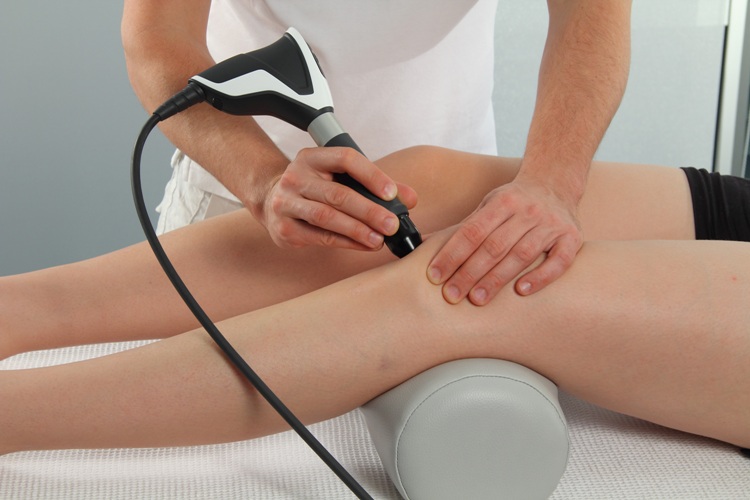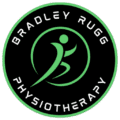Shockwave Therapy (ESWT)

Shockwave therapy with bradley rugg
Shockwave therapy is a very effective non-invasive treatment for conditions which affect tendons and soft tissue. The treatment uses high-intensity energy sound waves to the affected tissue at the speed of sound. This stimulates the body’s repair mechanisms by stimulating blood flow and produces controlled inflammatory processes, which allows your body to heal itself better.
It is used extensively for injuries in professional sports where returning to activity is of high importance. However, shockwave is not only for professional sports. Anyone with soft tissue injuries can benefit from the accelerated healing delivered by shockwave therapy.
Bradley has a wealth of experience delivering shockwave therapy to his patients. He also attends national shockwave conferences, undertakes regular extended training, and has regular contact with other shockwave therapists and shockwave machine company representatives.
Frequently Asked Questions (FAQ's)
The recommended number of sessions required to see benefit is 3-6. Although some may feel benefit following the first session, a minimum of 3 is always recommended. There are no maximum number of sessions as there is no risk associated with a higher amount of sessions.
Shockwave therapy is an effective treatment for many condition. These include:
- plantar fasciitis
- achilles tendinopathy
- patellar tendinopathy
- greater trochanteric pain syndrome (gluteal tendinopathy and/or trochanteric bursitis
- tennis elbow (lateral elbow tendinopathy)
- golfers elbow (medial elbow tendinopathy)
- proximal hamstring tendinopathy
- calcific tendinopathy
- myofascial pain
Most medical insurers recognise the benefit of shockwave therapy. Many conditions are covered alongside your typical physiotherapy sessions. Please speak to your insurer for specific details on your policy.
Treatments typically take 10 minutes. However, this can vary depending on the size of the treatment area, and number of body parts to be treated.
There are many different settings that can be used in order to keep the session comfortable. Sessions are typically not completely pain free. However, if your symptoms can be recreated in a controlled manner during the session, this is a very positive indicator that shockwave therapy will help you.
The first session typically involves a conservative intensity setting. In subsequent session, intensity is always lead by the patient. If minor pain is experienced after the session, non-prescription pain killers such as paracetamol can be taken.
It is best to pause any anti-inflammatory treatments (for example ice and NSAIDS) while you are having a course of shockwave therapy. This is because the effectiveness of shockwave therapy can be dulled.
It is advised to not partake in any heavy loading on the day of the session. You can resume normal activity the following day.
Please see the prices page.
